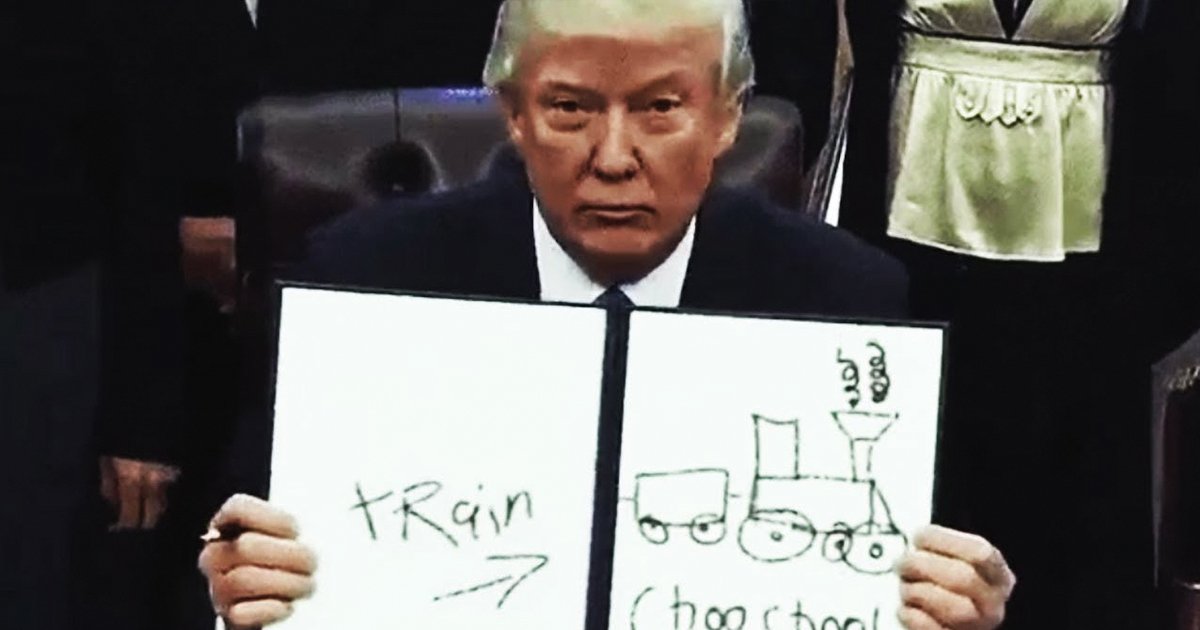The obesity-causing marriage between Coca-Cola and McDonald’s is decades in the making prompted by bad policy, Big Ag, and corporate greed.
Bartow J. Elmore, a University of Alabama history professor, wrote “Citizen Coke, The Making of Coca-Cola Capitalism,” which discussed the history Coca-Cola, and how it became “a staple of the average American diet.” The book was excerpted by Salon.
Coca-Cola had started out as a treat, an occasional indulgence that wasn’t heavily consumed in the way candy bars are. However, Congress didn’t renew the Sugar Act in December of 1974. The Sugar Act was on the books for 30 years prior, and it regulated the commerce of imported sugar and maintained a domestic purchase quota in order to guarantee business for American sugar growers.
When Congress let the Sugar Act expire, the market opened up and the Coca-Cola Company thought it would be “in the driver’s seat for the time-being” because the sugar market was deregulated. However, sugar prices increased after the Sugar Act expired, international markets grew, and the demand of sugar increased. The steadiness of sugar prices went into a tail spin, and Coca-Cola needed a sweetener for its product that had consistent pricing.
“Coke and its industry partners were tired of this roller coaster ride,” writes Elmore. “They felt captive to the ebb and flow of global sugar market trends, and they had little faith that the volatility would ever subside. They wanted out. If there were any alternative to sugar that would free Coke from its dependence on this unpredictable trade market in the United States, the company was willing to try it.”
Coca-Cola would find that stably-priced sweetener in high-fructose corn syrup. High-fructose corn syrup was sweeter than an equal amount of sugar, meaning less could be used to the same effect as sugar, and since America has a massive corn market, there was plenty to go around.
Now that Coca-Cola had secured an effective, economical, and less-costly sweetener, more soda could be produced. The trick was in the packaging. Coca-Cola was able to decrease price per ounce of soda, enabling the company to move more product per package, thus the increase from eight-ounce bottles to 20 ounce bottles.
It was until Coca-Cola’s relationship with McDonald’s was at it’s peak when American consumers would be flooded with soda.
“McDonald’s, Coke’s largest customer in the 1990s with over 14,000 restaurants worldwide in 1993 (3,654 overseas), was the real mastermind of this supersized sales strategy,” Elmore writes. “In 1993, a McDonald’s retail strategist named David Wallerstein first introduced the concept of supersizing.”
When the McDonald’s supersize option was introduced, cup sizes increased to a monstrous 64 oz., subsequently increasing the American annual consumption of soft drinks from 28.7 gallons in the 80s to 36.8 gallons per American in 1998. Americans were drinking more soda, contributing to the increase in obesity rates.
Corporate America does more than hurt the low-income families of America with things like shifting the tax burden onto us, it’s literally killing us. Because corporations use manipulative advertising tactics and “buy more than you need” product deals, Americans are consuming more unhealthy things than ever before.

